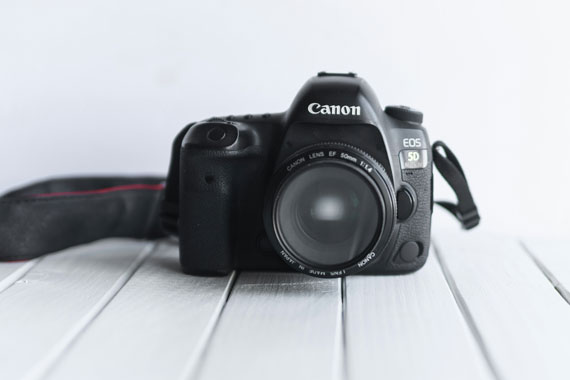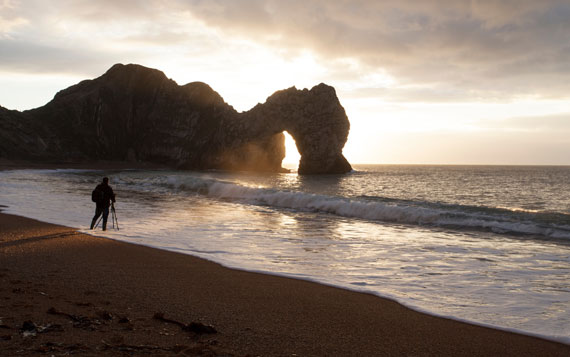Photography is as much about the equipment you use as it is about the vision you bring to your subjects. But sometimes, the best way to push your creative boundaries is to limit your technical options. That’s where the idea of shooting with a single focal length for one week comes in—a challenge that can transform your approach to photography.
Relevant reminder: for consistent photography practice with exercises, challenges, and more – you may want to check out PictureCorrect Photography Insiders, the next enrollment is starting soon.

Photo captured by “Sixteen Miles Out”
Why a Single Focal Length?
Choosing to shoot with just one lens, particularly a prime lens with a fixed focal length, forces you to think differently. You can’t zoom with your lens; instead, you have to zoom with your feet, moving closer or stepping back to compose your shot. This limitation can spark creativity, improve your compositional skills, and help you see the world through a new perspective.
Choosing Your Focal Length
The focal length you choose will dictate the type of images you’ll capture. Here are a few popular options:
- 35mm: Ideal for street photography, candid shots, and landscapes. It’s wide enough to capture the environment but not so wide that it distorts your subjects.
- 50mm: Known as the “nifty fifty,” this lens closely mimics the human eye’s perspective, making it excellent for portraits and everyday photography.
- 85mm: Perfect for portraits, this lens allows you to capture detailed facial expressions and beautifully blurred backgrounds while giving your subject personal space.
If you only have a zoom lens but want to participate in the single focal length challenge, you can easily adapt your lens to mimic a prime lens. One practical method is to use a piece of tape or a rubber band to lock the zoom mechanism at your desired focal length. Simply adjust your lens to the focal length you want to use for the week—such as 35mm, 50mm, or 85mm—and then secure it in place with the tape or rubber band.
The Challenge: One Week, One Focal Length
Day 1: Getting Acquainted
Start simple. Spend your first day taking photos of familiar subjects to understand how your chosen focal length handles different scenarios. Notice how it affects your composition and framing.
Day 2: Focus on Composition
With zooming off the table, concentrate on other elements like symmetry, leading lines, and the rule of thirds. See how moving around your subject changes the perspective significantly.
Day 3: Light and Shadow
Play with lighting. Use the early morning or late afternoon light to create dramatic images. Experiment with shadows, silhouettes, or even the harsh midday light to learn how your lens handles various lighting conditions.
Day 4: Texture and Detail
Get close to your subjects to explore textures and fine details. Whether it’s the rough bark of a tree, the weave of fabric, or the facial features of a portrait, let your lens capture the intricacies.
Day 5: Black and White
Switching to black and white can help you focus on contrast, lighting, and composition without the distraction of color. It can also lend a timeless quality to your images.
Day 6: People and Portraits
Focus on capturing expressions and interactions. If you’re using a longer focal length, you’ll appreciate how it can flatter your subjects by compressing space and offering a pleasing background blur.
Day 7: Review and Reflect
Look back at your week’s photos. Identify your strengths and areas for improvement. Were any worthy of adding to your portfolio? How has your approach changed? How has the limitation of a single focal length affected your creativity? Share a couple of the best ones to social media and see what your friends think.
Benefits of the Exercise
Completing this challenge can provide several benefits:
- Improved Creativity: Limitations can indeed breed creativity. You’ll find new ways to approach and capture different subjects.
- Enhanced Skill Set: You’ll develop a keener eye for composition and an improved ability to adapt to different photographic situations.
- Greater Appreciation: Using one focal length for an extended period allows you to deeply understand its capabilities and limitations.
This exercise is a testament to the idea that creativity thrives under constraint. By the end of the week, you might find that this “limitation” has opened up a whole new world of photographic possibilities. Give it a try, and see how it transforms your photography!
For Further Training:
Looking for continuous improvement in your photography? PictureCorrect Insiders is a pathway to photographic excellence. Spots limited, don’t miss the next enrollment.
Unlock your photographic potential and take your skills to the next level with PictureCorrect Insiders. Our exclusive program is meticulously designed for photographers eager to enhance their abilities, creativity, and passion for photography.
Next enrollment starting soon: PictureCorrect Insiders
Like This Article?
Don't Miss The Next One!
Join over 100,000 photographers of all experience levels who receive our free photography tips and articles to stay current:







Leave a Reply